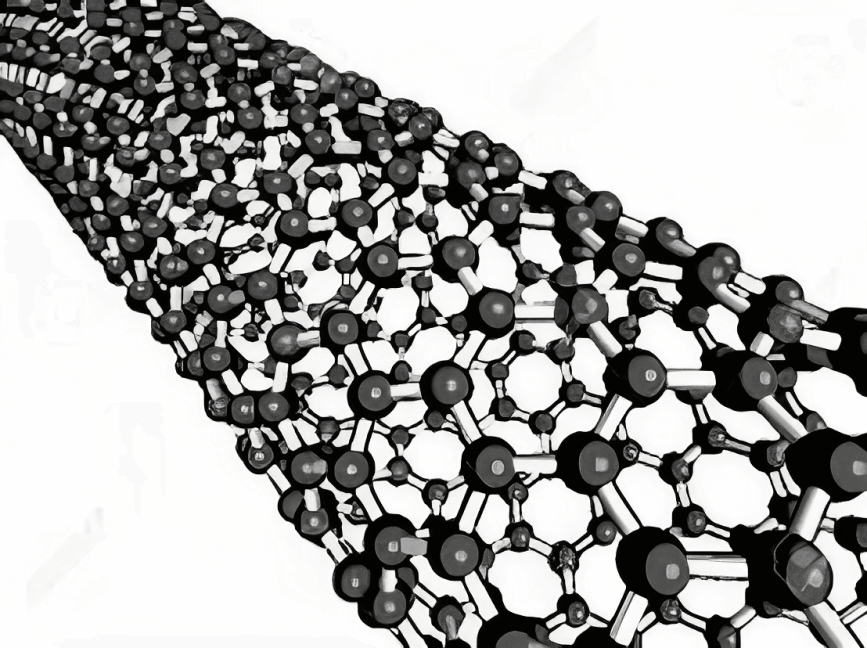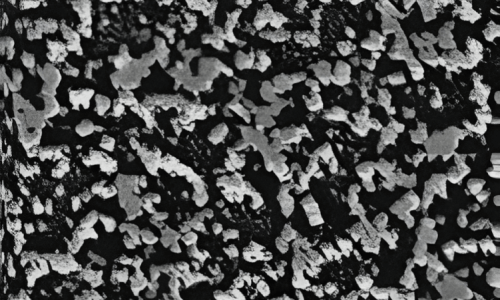Application Areas:
- Filtration (Air and Water)
- Healthcare (Masks, wound dressings)
- Targeted Drug Delivery
- Tissue Engineering
- Cosmetics

Richard Feynman in his iconic talk on “There’s plenty of room at the bottom” envisioned that one day we will be making things at the atomic level and since these small things will build upwards, we will be able to make them more precisely and control what we want them to do. This prediction came true at the turn of the century with the onset of nanoscience.
At the nanoscale (1-100 nm), materials exhibit size-dependent physical and chemical properties and are significantly different from their bulk counterparts (quantum and surface effects are dominated). These properties can include enhanced mechanical, electrical, thermal, surface, chemical, and optical behaviour. Size-dependent behaviour opens up new possibilities for designing new materials with tailored properties. Nanomaterials can be precisely engineered and customized by controlling their size, shape, composition, and surface properties. This level of control allows us to create novel materials with specific properties optimized for various applications. And therefore, we, at ATIRA aim to explore nanomaterial research in depth mainly to enhance the mechanical, electrical and thermal properties of Composite materials

Graphene is a single layer of carbon atoms arranged in a hexagonal lattice structure, forming a two-dimensional (2D) material with exceptional mechanical, electrical, and thermal properties. Given its unique combination of exceptional properties, Graphene is indeed one of the most promising nanomaterials. It is not only the thinnest but also one of the strongest materials. It is optically transparent, yet so dense that it is impermeable to gases as well

Carbon nanotubes (CNTs) are cylindrical molecules that consist of rolled-up sheets of single-layer carbon atoms (graphene). They can be single-walled (SWCNT) or multi-walled (MWCNT), with diameters reaching more than 100 nm. Their length can reach several micrometers or even millimeters. Apart from their electrical properties, which they inherit from graphene, CNTs also have unique thermal and mechanical properties that make them intriguing for the development of new materials

As a traditional filler material, carbon black has the advantages of low cost, easy production, natural abundance, and favourable conductivity. It can be used as a building phase for the construction of conductive and high strength polymer composites

Silver nanoparticles have attracted large interest in the photonics, electrics, analytical, and antimicrobial/biocidal fields due to their excellent optical, electrical, biological, and antibacterial properties. The versatility in generating different sizes, shapes, and surface morphologies results in a wide range of applications of silver nanoparticles in various industrial and health-related areas

Nanofibers are one of the unique materials that have high surface-to-volume ratio, low resistance and enhanced filtration performance. This makes nanofibers an attractive material for many applications. Electrospinning provides an enabling nanotechnology platform for generating a rich variety of novel structured materials. With our state-of-the-art electrospinning facility, we have an expertise to develop nanofiber-based applications for Filtration, Cosmo- textiles and many other Health care applications
70% complete
Fill out the form below to download now.
70% complete
Fill out the form below to download now.
70% complete
Fill out the form below to download now.
70% complete
Fill out the form below to download now.
70% complete
Fill the form below to Inquire now.
70% complete
Fill the form below to Inquire now.
70% complete
Fill the form below to Inquire now.
70% complete
Fill the form below to Inquire now.
70% complete
Fill the form below to Inquire now.